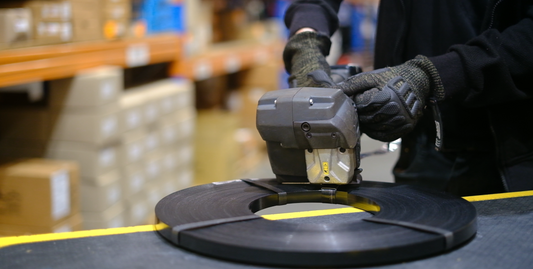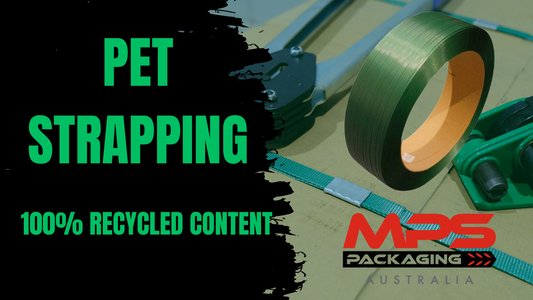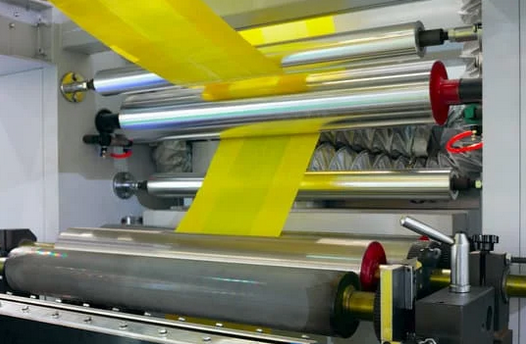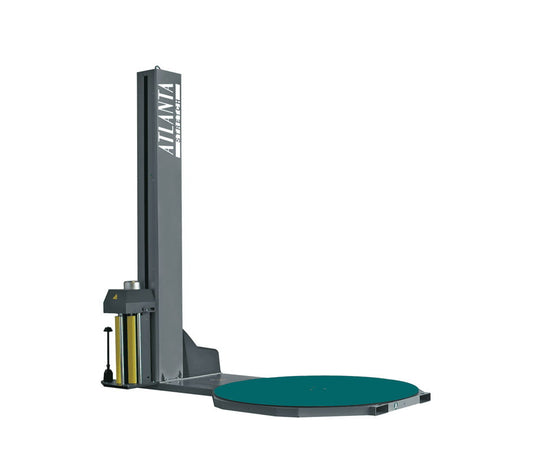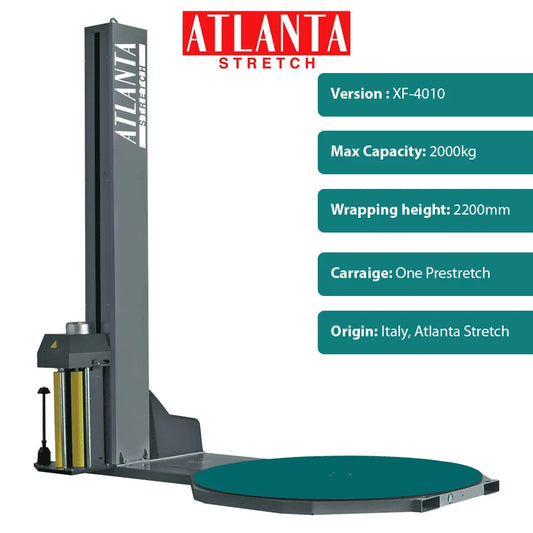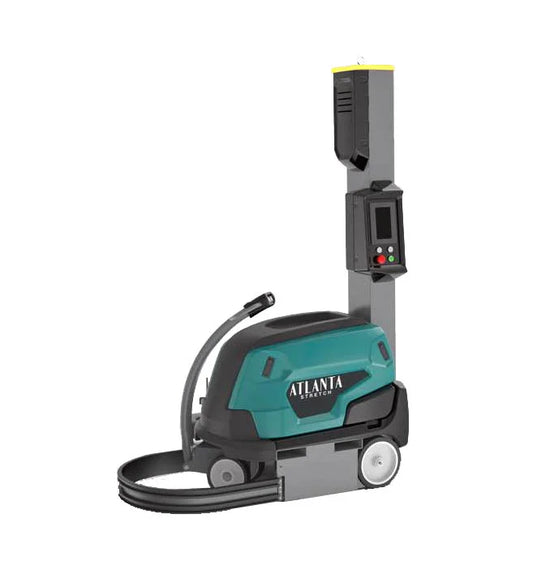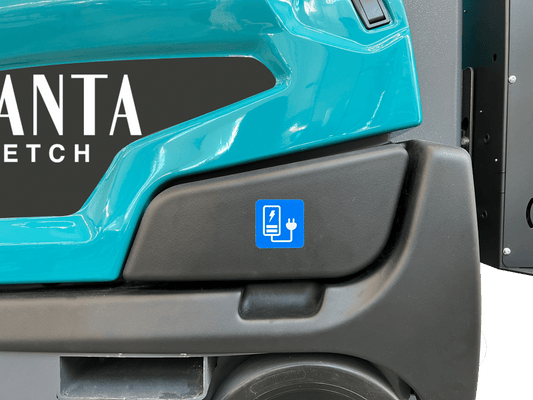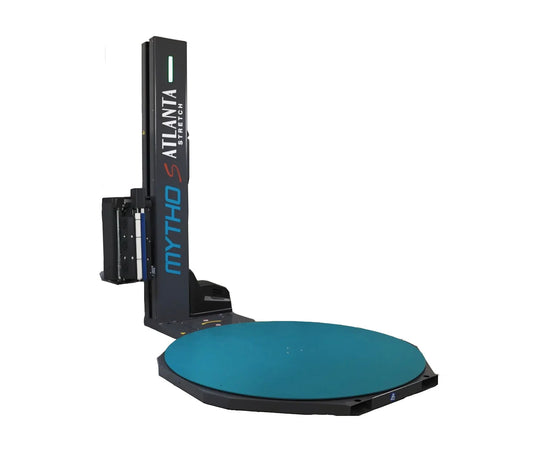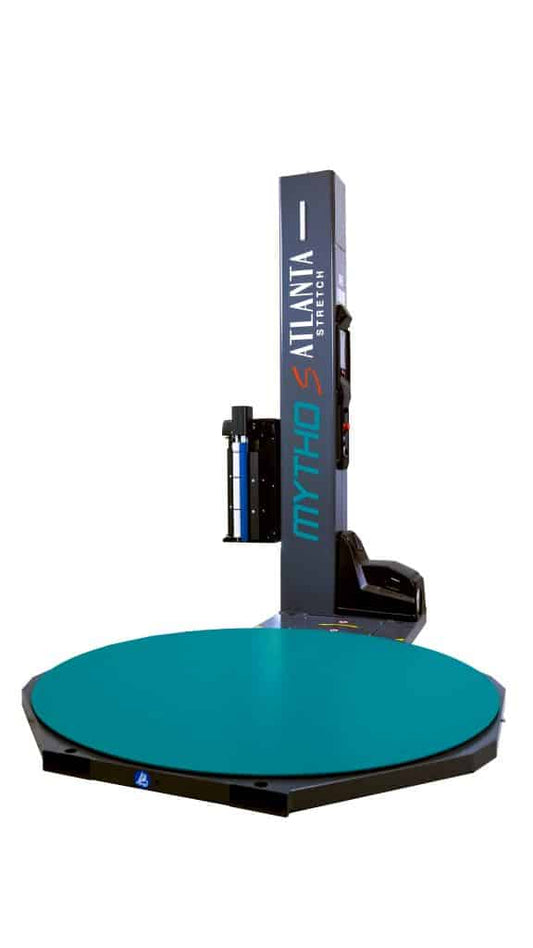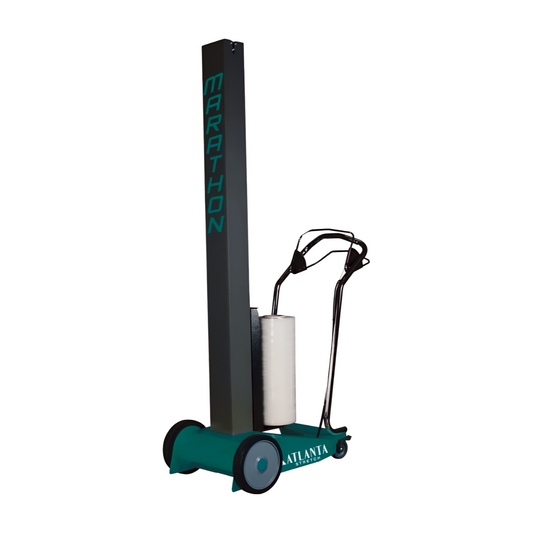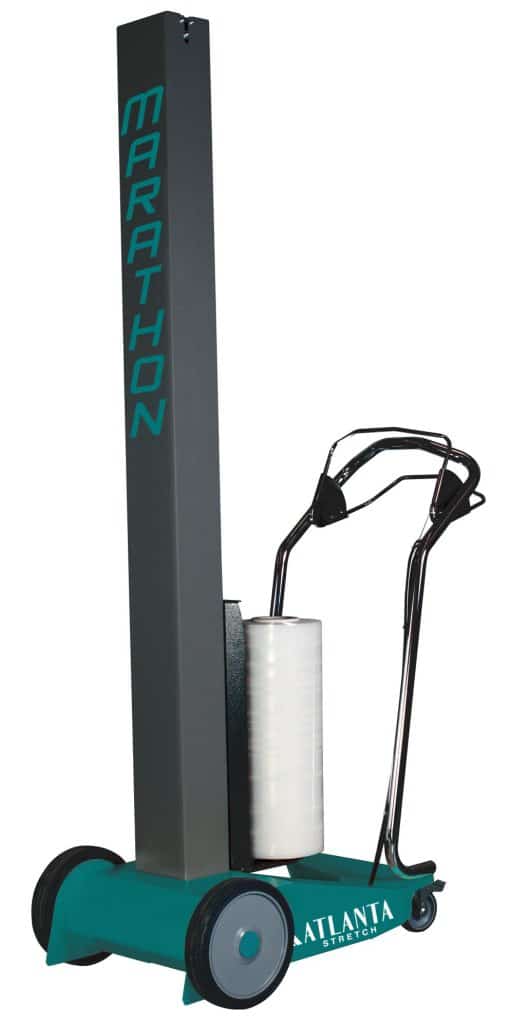Composite strapping, also known as hybrid or corded strapping, is a type of strapping material used for securing and bundling heavy loads in various industries, including shipping, logistics, and construction. It is composed of multiple layers of different materials, typically polyester fibers and polymer coatings, combined to create a durable and high-strength strapping solution.
Here are the key features and components of composite strapping:
Components:
-
Polyester Fibers: The core strength of composite strapping comes from high-tenacity polyester fibers, which provide exceptional tensile strength and resistance to stretching. These fibers are woven or braided together to form the core of the strapping.
-
Polymer Coatings: Composite strapping is often coated with polymer materials, such as polyethylene (PE) or polypropylene (PP), to enhance its durability, UV resistance, and weather resistance. These coatings protect the strapping from abrasion, moisture, and harsh environmental conditions.
Features:
-
High Tensile Strength: Composite strapping is known for its exceptional tensile strength, making it capable of securing heavy loads without breaking or snapping under pressure.
-
Shock Absorption: The flexibility and elasticity of composite strapping allow it to absorb shocks and impacts during transportation or handling, reducing the risk of damage to the bundled items.
-
Weather Resistance: The polymer coatings on composite strapping provide protection against UV radiation, moisture, and extreme temperatures, ensuring that the strapping remains strong and reliable in outdoor environments.
-
Safety: Unlike metal strapping, composite strapping does not have sharp edges or burrs, reducing the risk of injury during handling and application. It is also safer to use than steel strapping, which can recoil violently when cut.
-
Versatility: Composite strapping is suitable for a wide range of applications, including securing palletized loads, bundling pipes and lumber, and securing heavy machinery during transportation.
Benefits:
-
Cost-Effective: Composite strapping is more cost-effective than steel strapping in the long run due to its durability, reusability, and lower maintenance requirements.
-
Environmentally Friendly: Composite strapping is recyclable and can be disposed of responsibly at the end of its service life, making it an eco-friendly alternative to steel strapping.
-
Ease of Use: Composite strapping is lightweight and easy to handle, reducing fatigue and increasing productivity during packaging and bundling tasks.
In summary, composite strapping offers a versatile, durable, and cost-effective solution for securing heavy loads in various industries. Its high tensile strength, shock absorption properties, and weather resistance make it an ideal choice for applications where reliability and safety are paramount.


